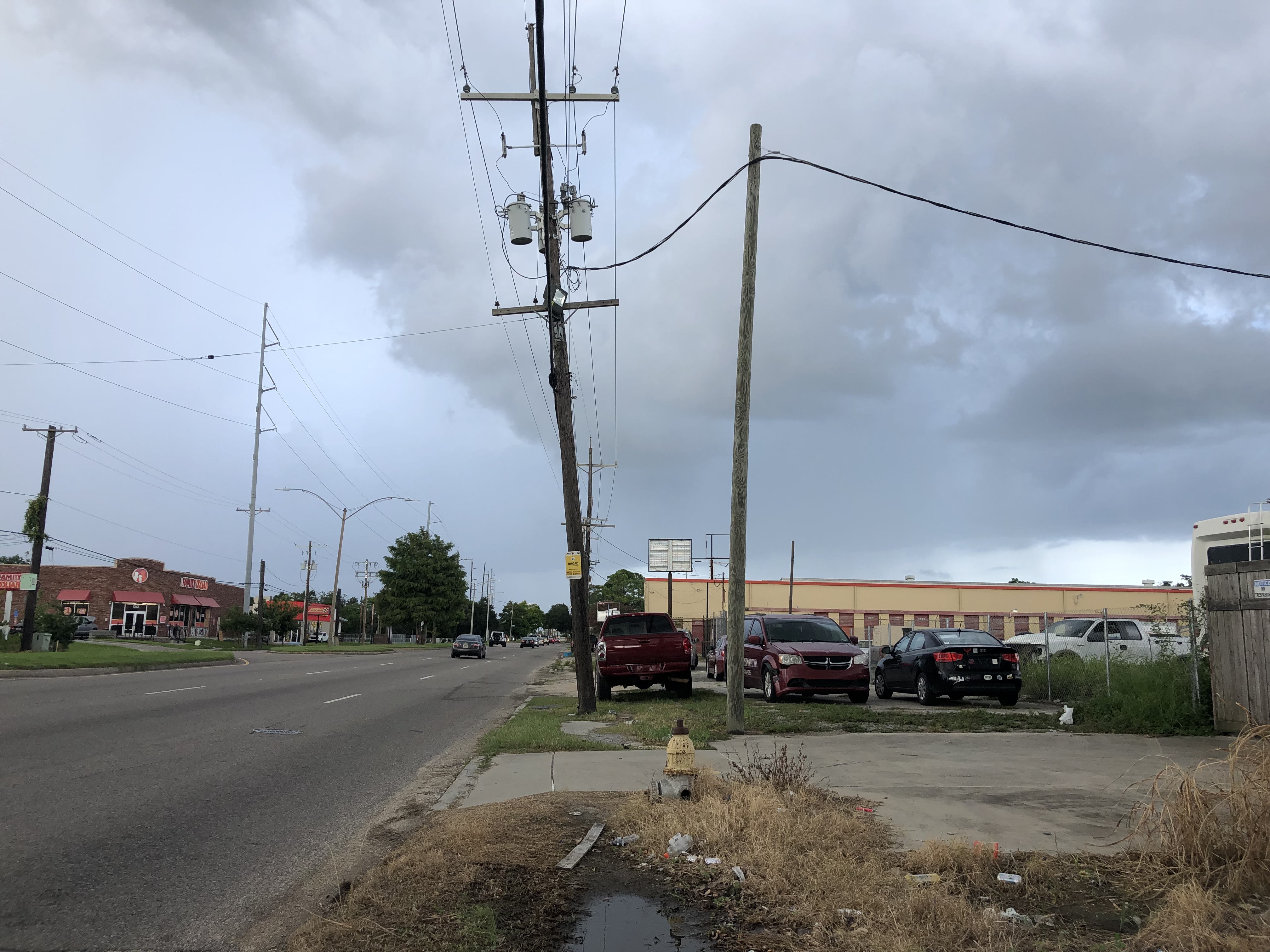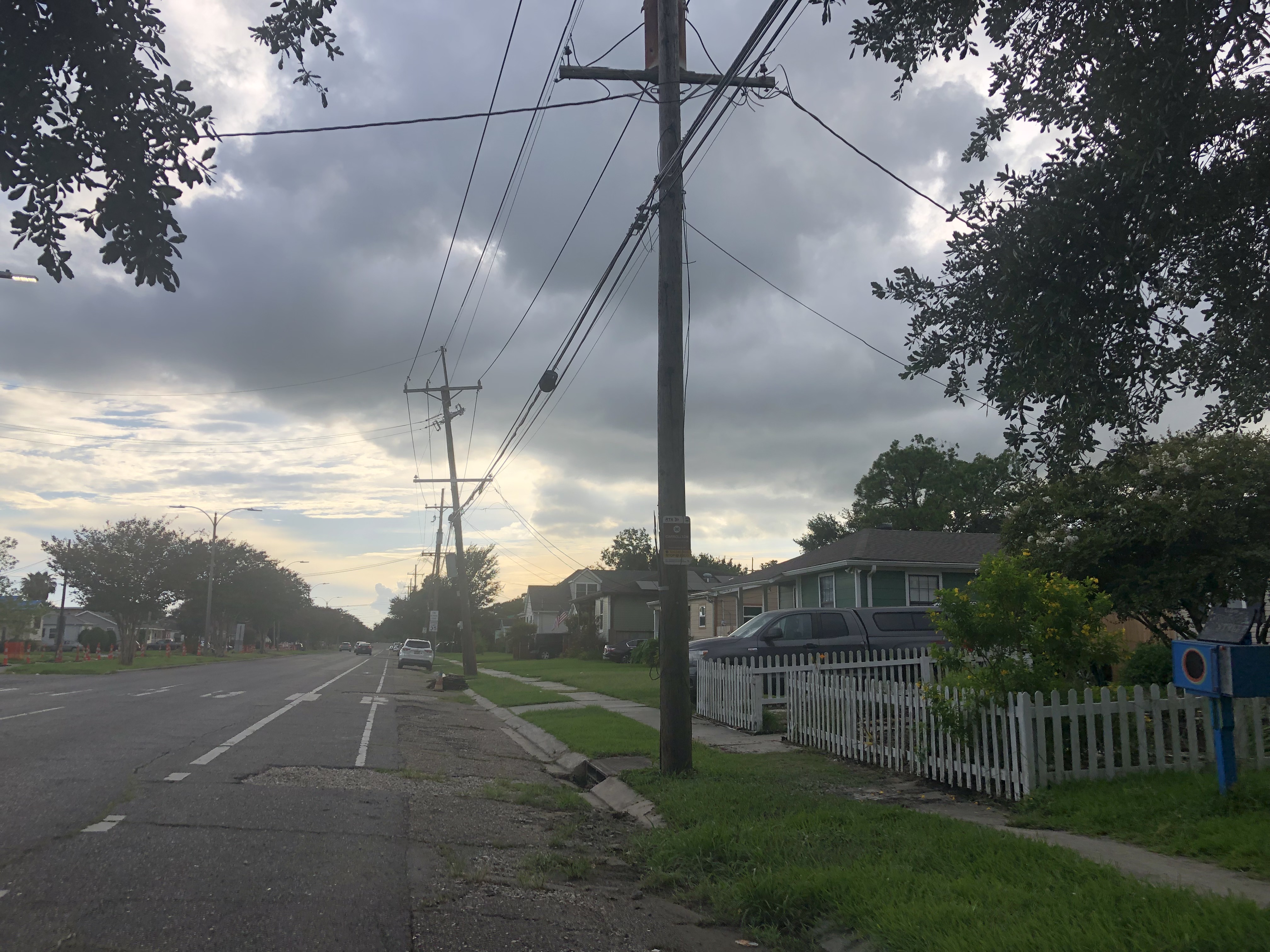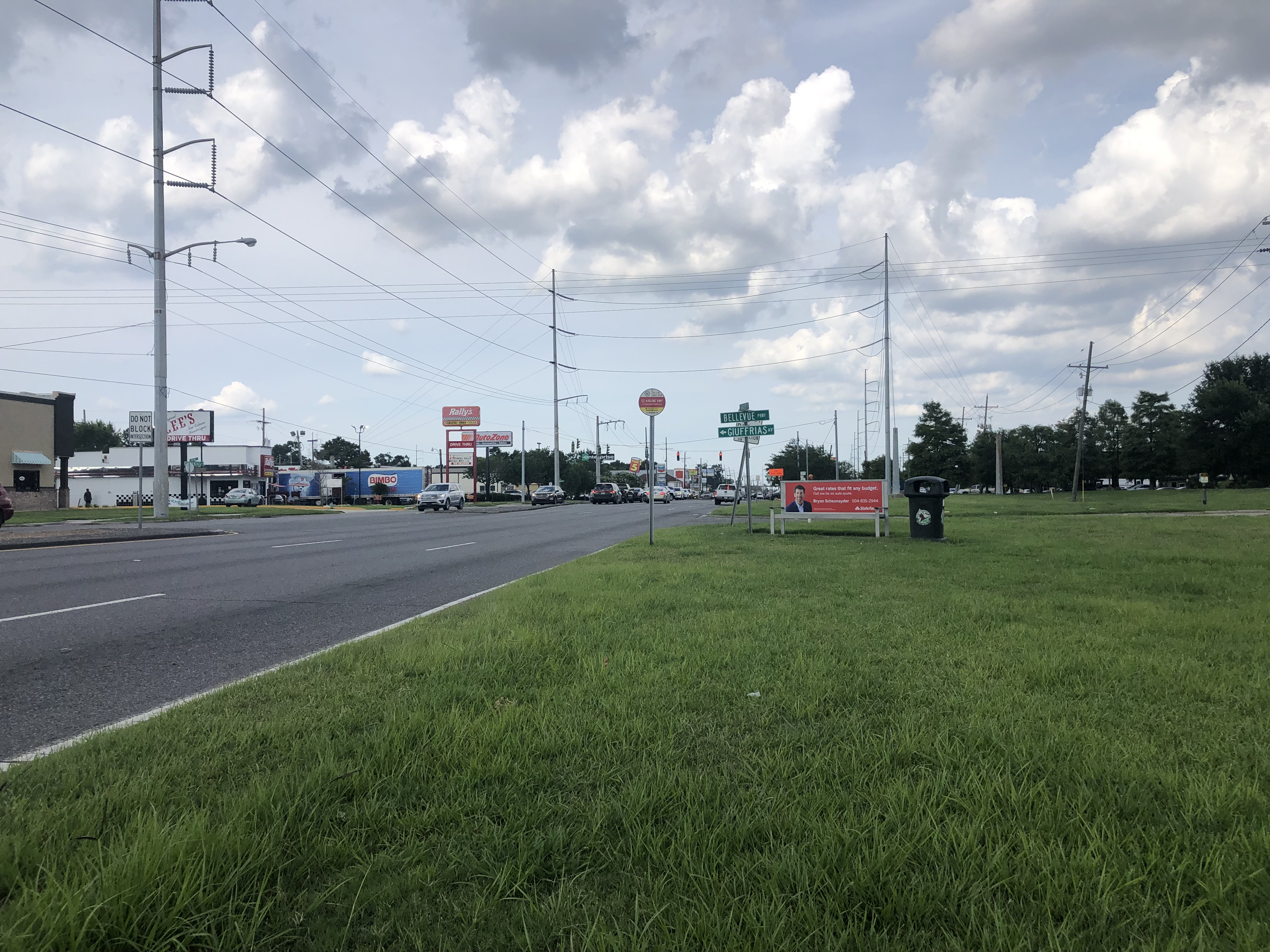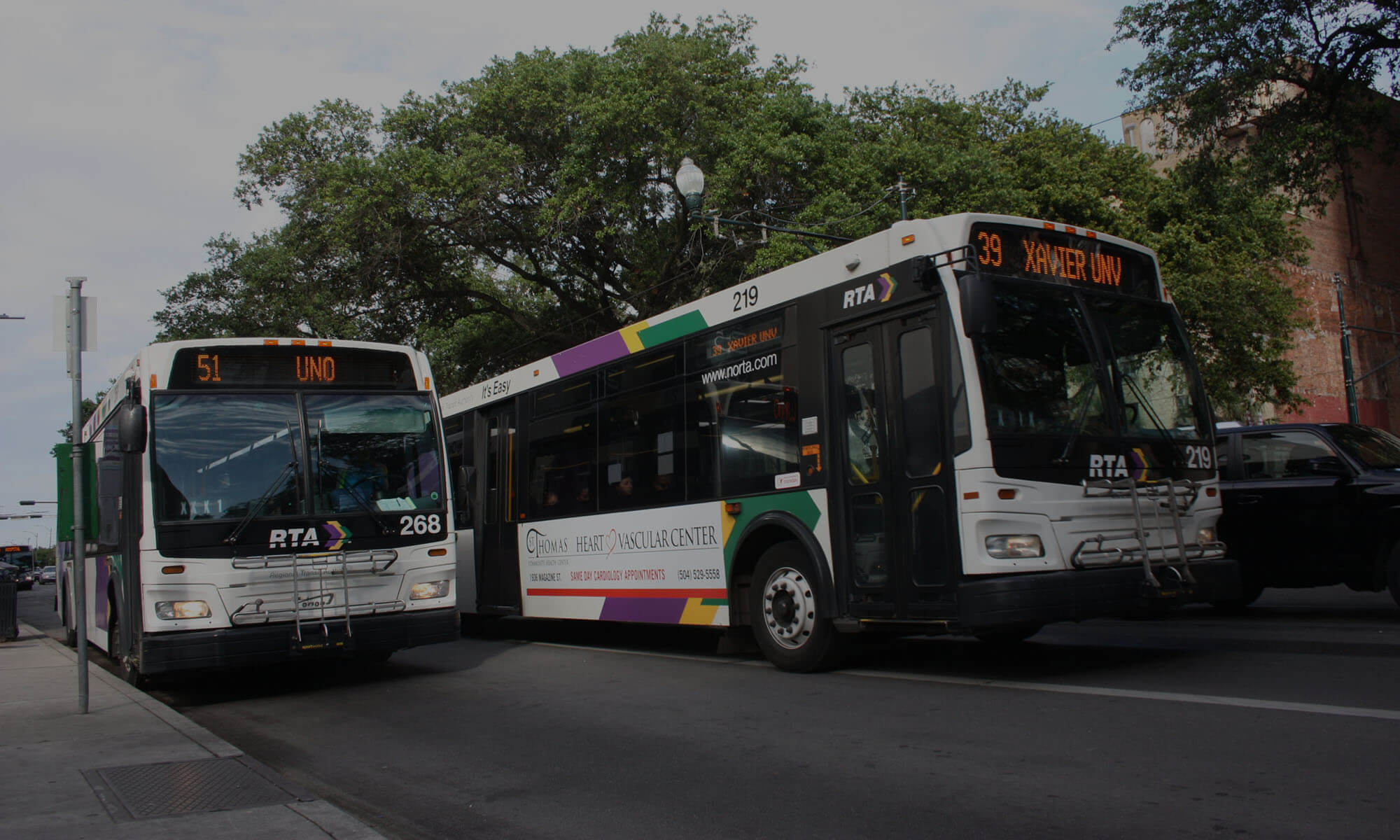Disabilities and the ADA
July 26th marks the 32nd anniversary of the Americans with Disabilities Act (ADA), and an opportune time to check in on the status of transportation for people with disabilities in New Orleans. Like many cities across the country, this city has made significant accessibility improvements in the past three decades. However, there remain many obstacles for people with disabilities, ranging from small annoyances to serious impediments to a full productive life. In this article I draw on research, as well as my own experience of moving around the city as a wheelchair user to highlight some of the issues related to accessibility and transit.
For a brief background, the ADA is a landmark piece of legislation that prohibits discrimination based on disability, including in public transportation. According to the ADA, people with disabilities must have equal access to any public transportation system such as buses, streetcars, subways, and trains. There are many types of disabilities including conditions that affect a person’s physical movement, vision, hearing, and learning. The ADA was intended to prevent discrimination based on these, and other forms of disability. If, like me, you’re too young to really remember what pre-ADA America was like, I highly recommend a documentary called Crip Camp.
Before proceeding, we should note that that we are not talking about a small group of people living at the margins. According to the CDC, 26% of adults in the United States have some type of disability. Beyond this, however, there are significant discrepancies and inequities across the country. In fact, disability rates are even higher in Louisiana, where 1 in 3 adults have a disability.
Mobility—the ability to get from one place to another, is crucial for everyday life. And for people with disabilities, who may not be able to drive, ride bicycles or walk as far as other people, public transit is a vital resource for them to get to work, school, shopping, appointments, or anywhere else they feel like going. However, while there have been many improvements to make transit systems more accessible since the ADA, much remains to be done. A nationwide study of people with disabilities found that nearly 50% of respondents experienced at least one difficulty in accessing public transportation. They reported a range of problems such as broken lifts and ramps, stops/stations that aren’t accessible, no announcements about stops, and systems that were simply too difficult to navigate.
A look at New Orleans transportation
Like other cities, New Orleans has its own history and issues with accessible transportation. Thanks to post-ADA improvements, and the tireless work by advocates such as Charles Tubre, New Orleans is now more accessible to people with disabilities. Nonetheless, the city still presents numerous obstacles which hinder or completely prevent mobility for many residents. Some of these include:
Stops and sidewalks
One of the most glaring accessibility issues is the city’s inaccessible transit stops. Although all public transit vehicles (bus, streetcar, ferries, and paratransit) are accessible in the New Orleans region, the vast majority of stops are not! An internal audit of bus stops in New Orleans found that around 94% of bus stops were inaccessible. A 2017 lawsuit, forced the city and RTA to agree to make stops ADA-compliant by 2031. There is still time to reach that goal, but so far, a cursory look around the city suggests that little action has occurred. This means many places are simply not reachable to people with disabilities. In other cases, it can leave people facing risky or dangerous conditions. To give an example, last month I was trying to transfer from one bus to another in a part of town I was less familiar with. When I got off the first bus, I saw that I needed to cross the road to catch the other. However, once across, I realized that the stop there was not accessible and had no curb cut or sidewalk connecting to it. As a result, I had to roll onto a busy highway and approach the stop from the other side, as rush-hour traffic zipped by. If the stop had been accessible, or at least there was an indication that it was not accessible (e.g., on maps or a transit app), I could have avoided this dangerous situation.

On another occasion I got off a bus and rolled along the sidewalk behind it to reach my destination. However, the sidewalk there was cracked and uneven. One of the wheels on my chair dug into a hole bringing my chair to an abrupt stop and throwing me to the pavement.

Day-to-day
Beyond broader infrastructure and policy issues, people with disabilities face many day-to-day issues riding transit. Recently I was trying to catch a bus to reach a meeting at City Hall. The bus arrived on time, but when the door opened, the driver informed me that I could not get on because there was already one wheelchair on board and the equipment for the other wheelchair space was broken. I was late for the meeting because I had to wait 20 minutes (without a shelter in 90-degree heat) for the next bus. RIDE has heard many other stories over the years where, for one reason or another, transit simply fails people with disabilities.
Paratransit
Paratransit (as in parallel) is a service offered for people who are unable to access fixed route transit systems. Both the RTA and JP Transit offer paratransit services. However, both agencies have encountered difficulties providing this service. Complaints by riders about efficiency and reliability, as well as a lack of coordination between the parishes have been raised over the years. The Regional Planning Commission is currently conducting a study on paratransit services in the New Orleans region. The study will make recommendations about how to improve paratransit, which both agencies should follow.
St. Charles Streetcar
Finally, the St. Charles Streetcar line is still not fully accessible. It was not accessible at all until a 2017 lawsuit forced the city and RTA to make changes. However, today only a few of the stops and streetcars on that route are accessible, coming approximately once per hour.
What needs to happen?
Asking for a more accessible transit system is not an extravagance, it’s simply asking for a more equal and equitable city where everyone is able to get around. In most cases, measures to improve accessibility would enhance the transit experience for everyone, not just people with disabilities. First and foremost, the transit agencies (RTA and JP Transit) need to work with city and parish governments to ensure that all equipment and infrastructure associated with transit meet (and ideally exceed) ADA standards. The city is currently revising its ADA transition plan to improve ADA compliance and the Department of Public Works recently released data and maps about the city’s intersections (only 38.6% are fully ADA compliant). Agencies should share data and identify priority areas to ensure all transit stops are made accessible as quickly and efficiently as possible.

Everyone else should get mad and demand change. Seeing an inaccessible transit stop should shock you. It’s a statement that we don’t care about people with disabilities, or at least not enough to fix the problems they face.

